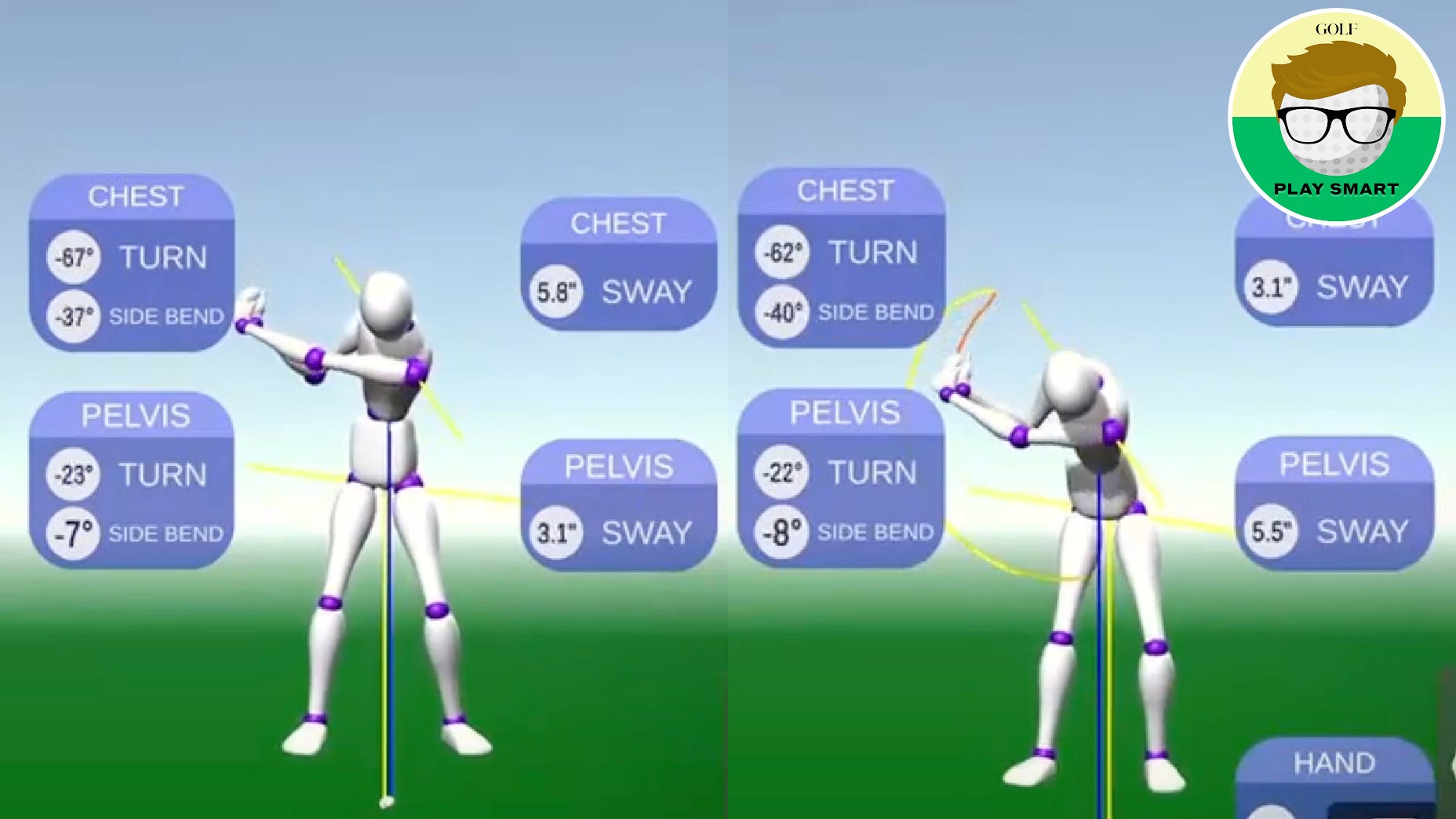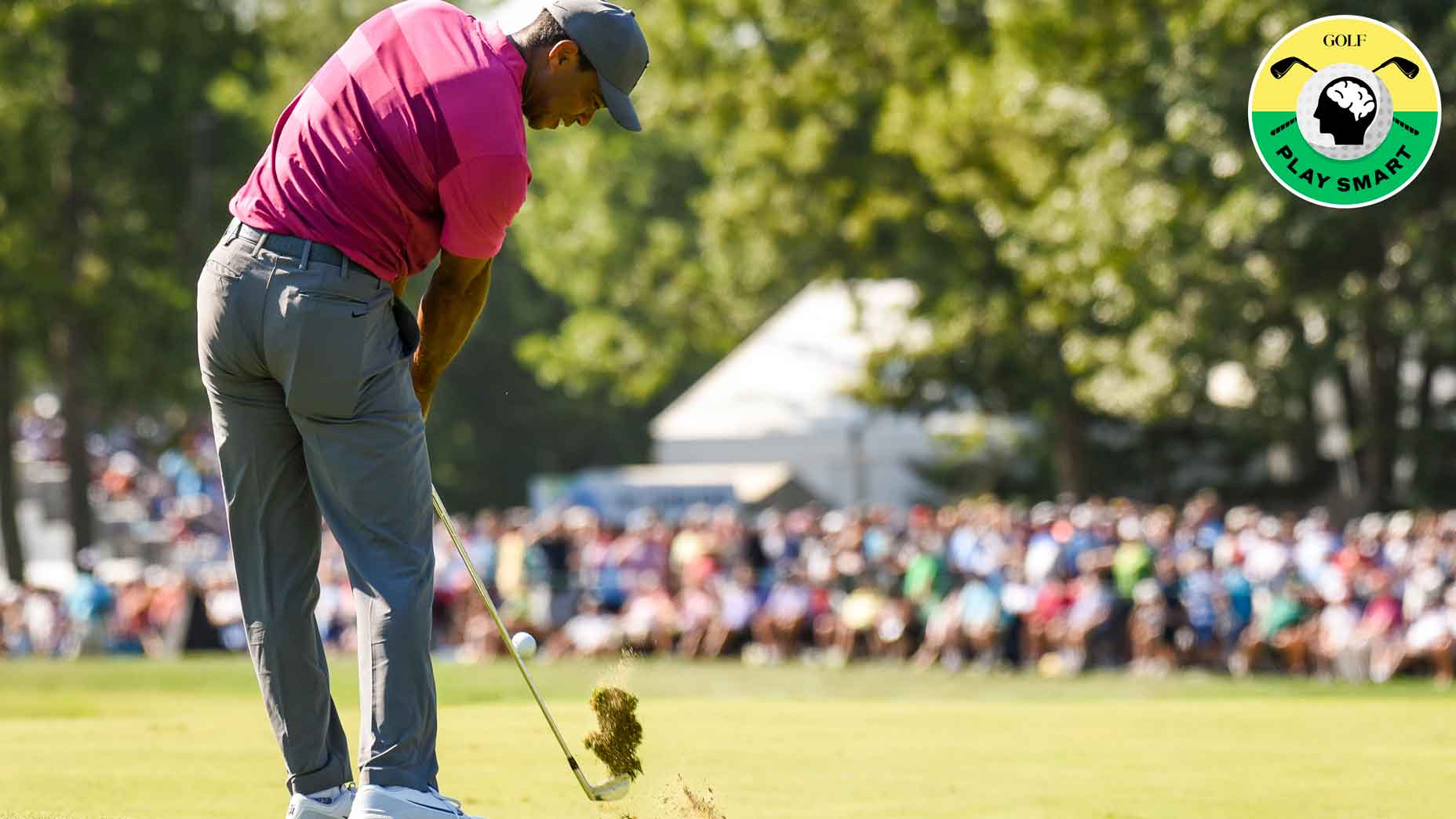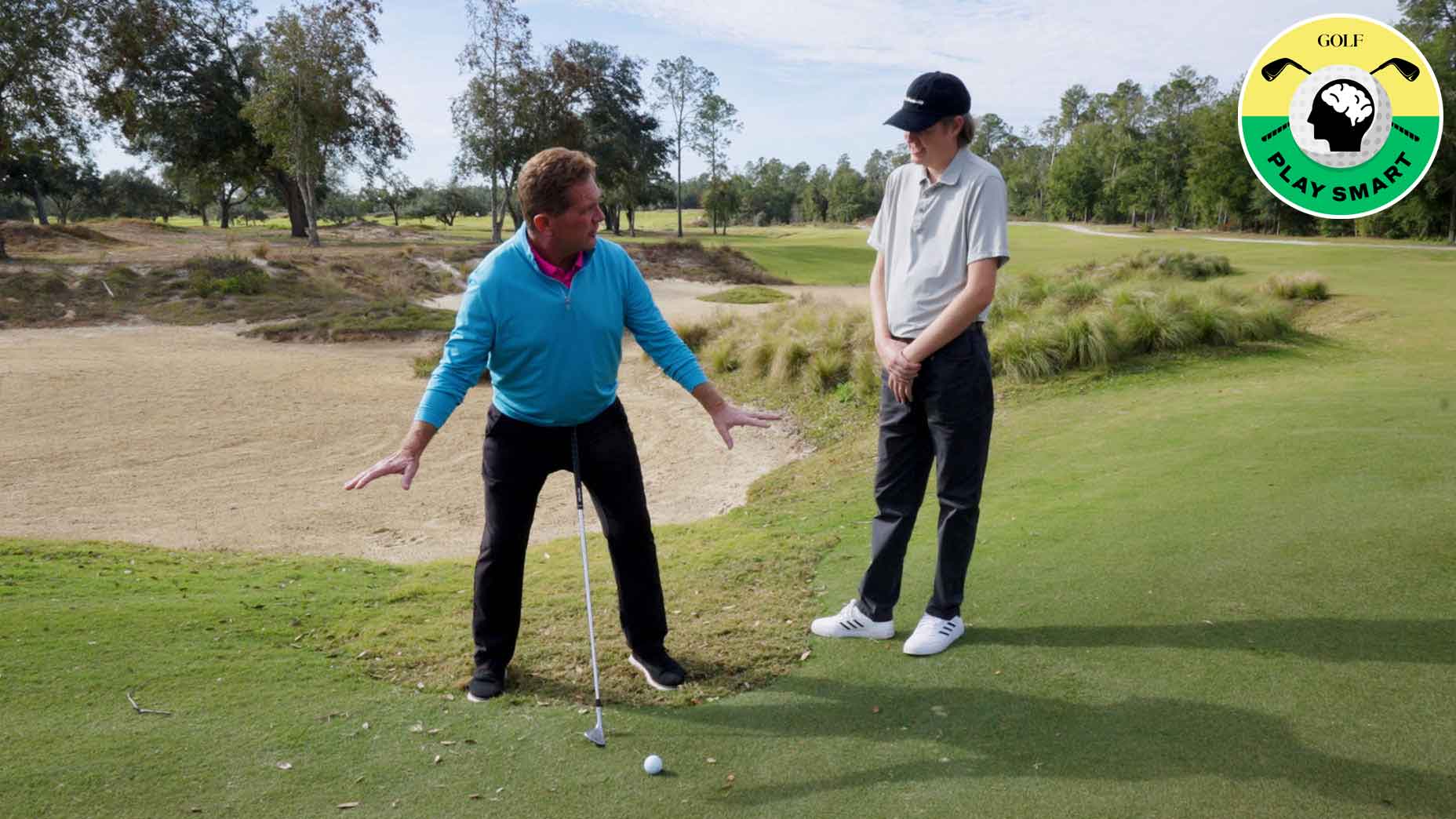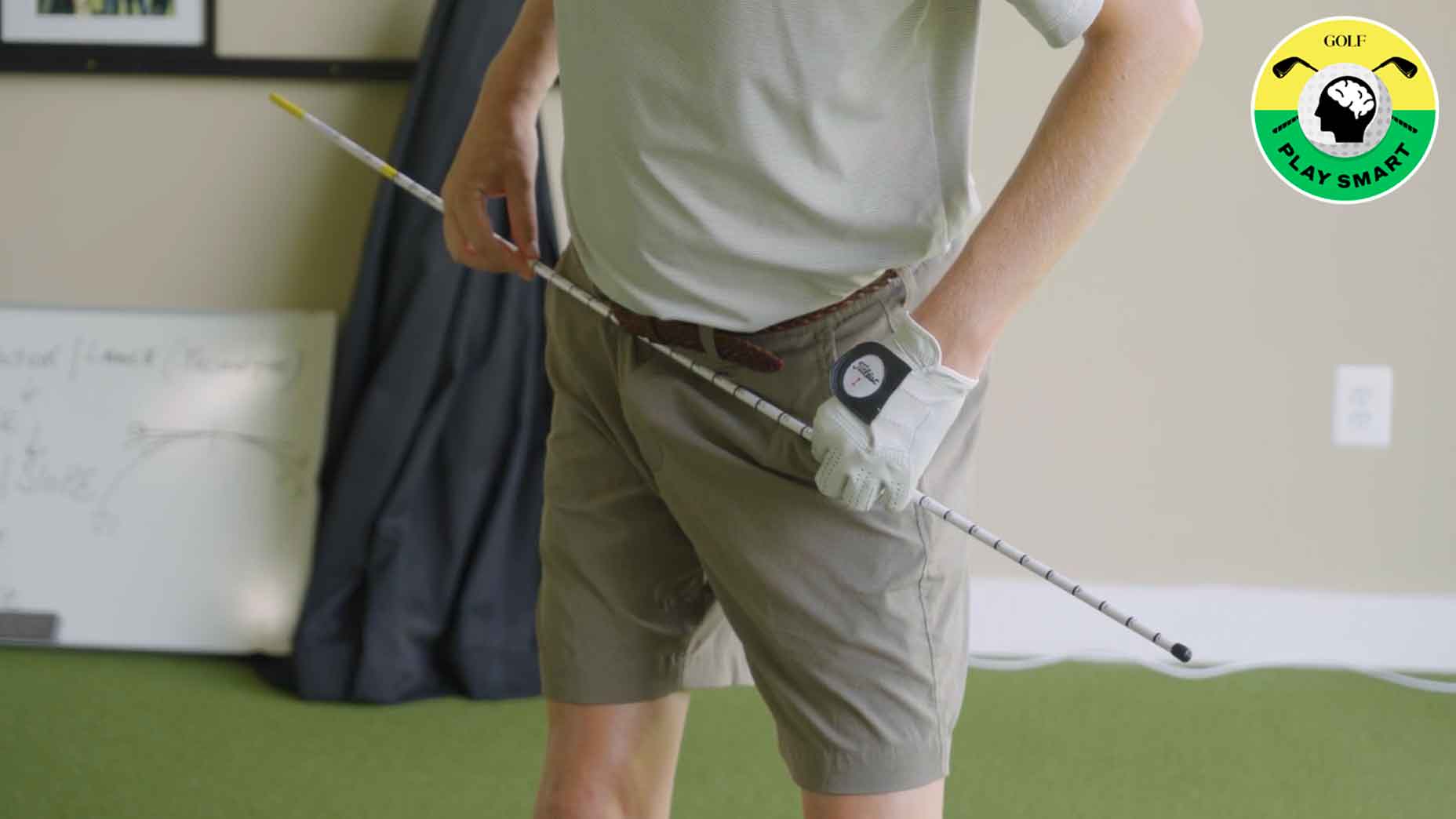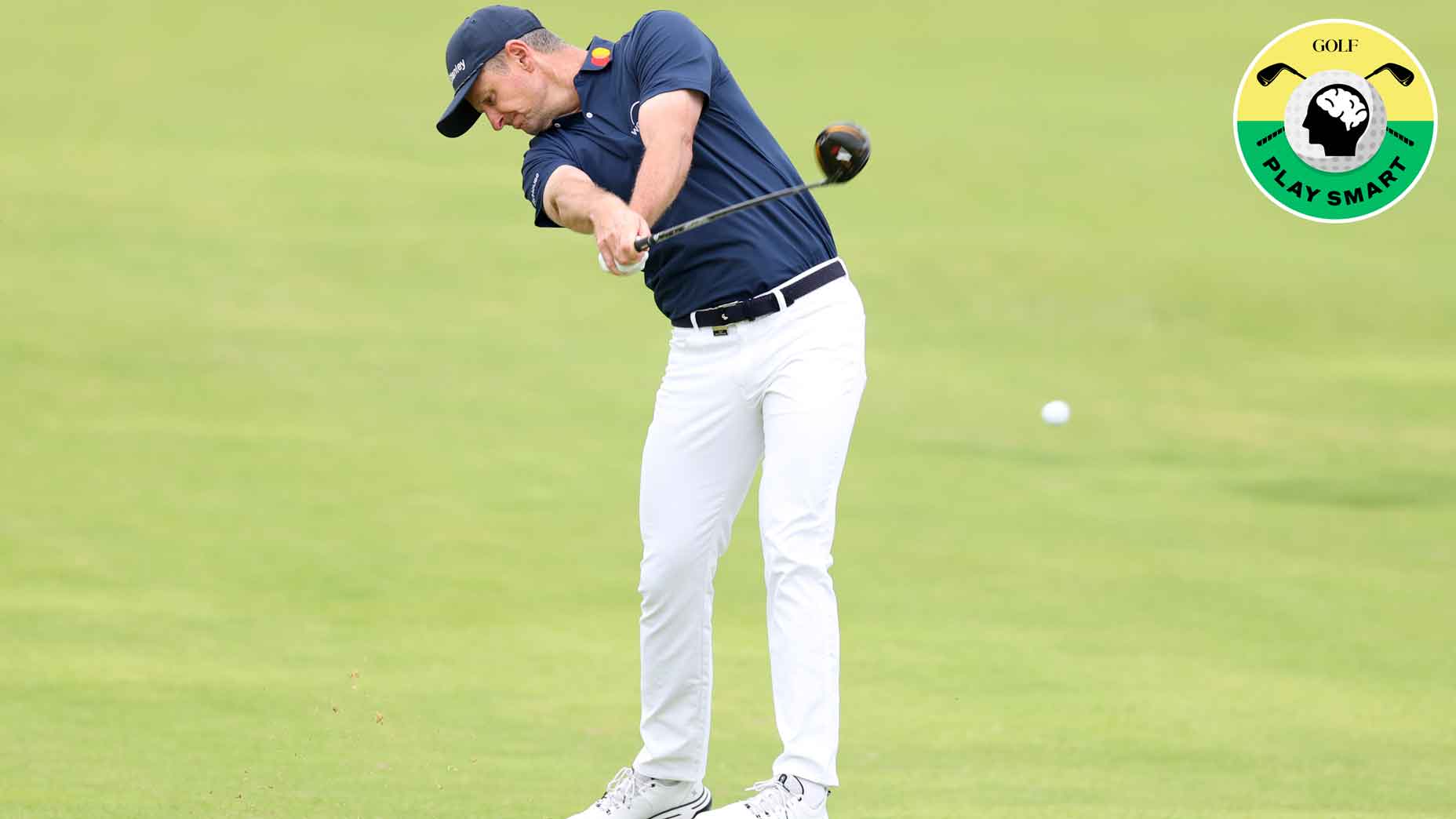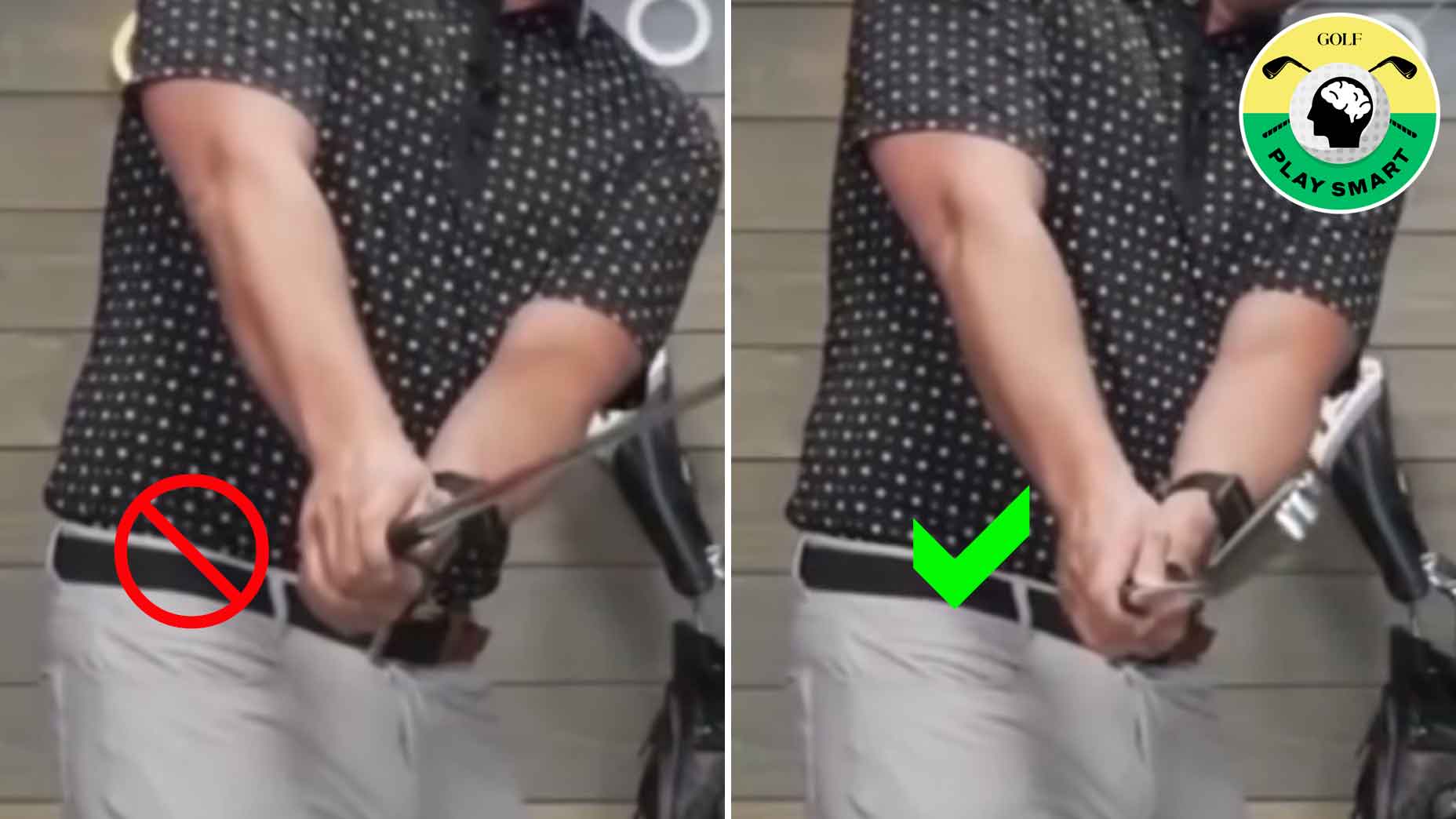Welcome to Play Smart, a game improvement column and podcast from editor Luke Kerr-Dineen to help you play smarter, better golf.
There’s no better time to be a golf nerd than right now, in this current moment.
For all the charm of previous eras, golfers today can use technology in ways we previously had never thought possible. Coaches can study their students’ swings more in depth than ever — and emerge knowing more than ever.
One of the companies on the forefront of this movement is Sportsbox AI, an app which uses the camera on your iPhone to generate a 3D model of your swing while also providing advanced metrics. In a recent Sportsbox webinar with GOLF Top 100 Teacher Jeff Smith, who teaches Davis Riley, Viktor Hovland and Patrick Rodgers, among others, Smith showcased the technology and, along the way, revealed an interesting nugget about what’s potentially causing your slice.
You can subscribe to the Play Smart podcast on Apple here, or on Spotify here.
The cause of your slice
Below you’ll find the 3D images of two different golfers. The top golfer struggles with a slice. The bottom player is on the PGA Tour. For both, Smith highlights two key metrics: chest and pelvis sway halfway through the swing and at impact. Look for yourself below, and you’ll notice the slicer’s chest is slightly ahead of his lower body.
“His chest is swaying toward the target at a much higher rate than his pelvis,” Smith says of the slicer (top golfer, below). “That’s the exact opposite of the way you see top level golfers do it.”
This, Smith explains, prevents the golfer from tilting away from the target on the downswing, which causes them to send the club over the top and leads to a slice.
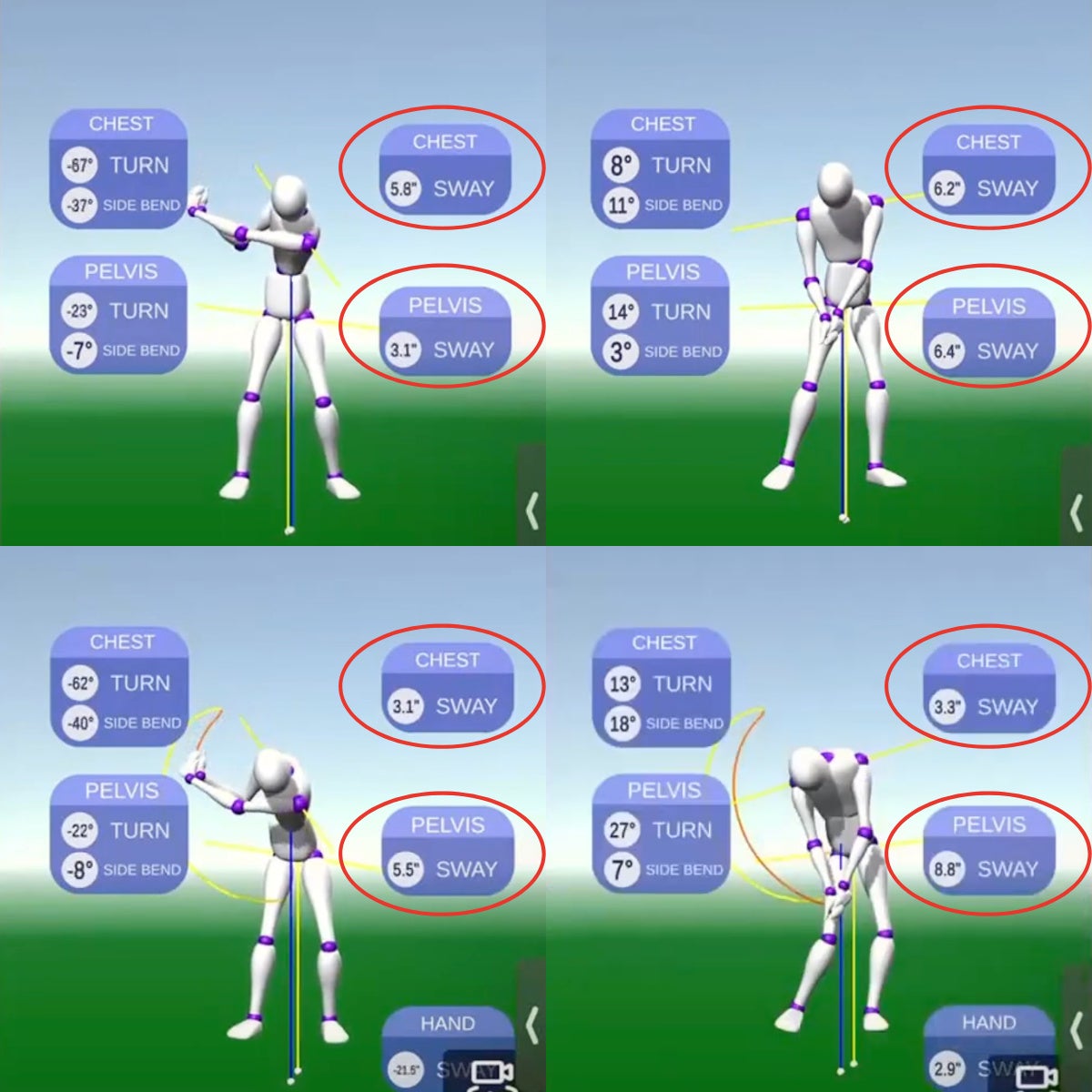
When Smith pulls up the Tour golfer, you can quickly spot the difference. Whereas the slicer had his pelvis three inches toward the target and chest almost six inches toward the target in the first frame, the Tour player has those rolls reversed. His chest is just three inches toward the target, and his pelvis is five inches toward the target.
“You’ll notice the pelvis out-race what the chest is doing,” Smith says. “You get quite a big differential between the pelvis and the chest…the pelvis is shifting forward, but the chest is kind of staying back.”
Put simply, the Tour player’s lower body is ahead of his upper body throughout the downswing (the result of good “sequencing”), which helps the club drop into the slot on the downswing and avoid a slice. It’s a good thought for the rest of us, presented in a way we’ve rarely seen before.
You can watch the full video right here:
